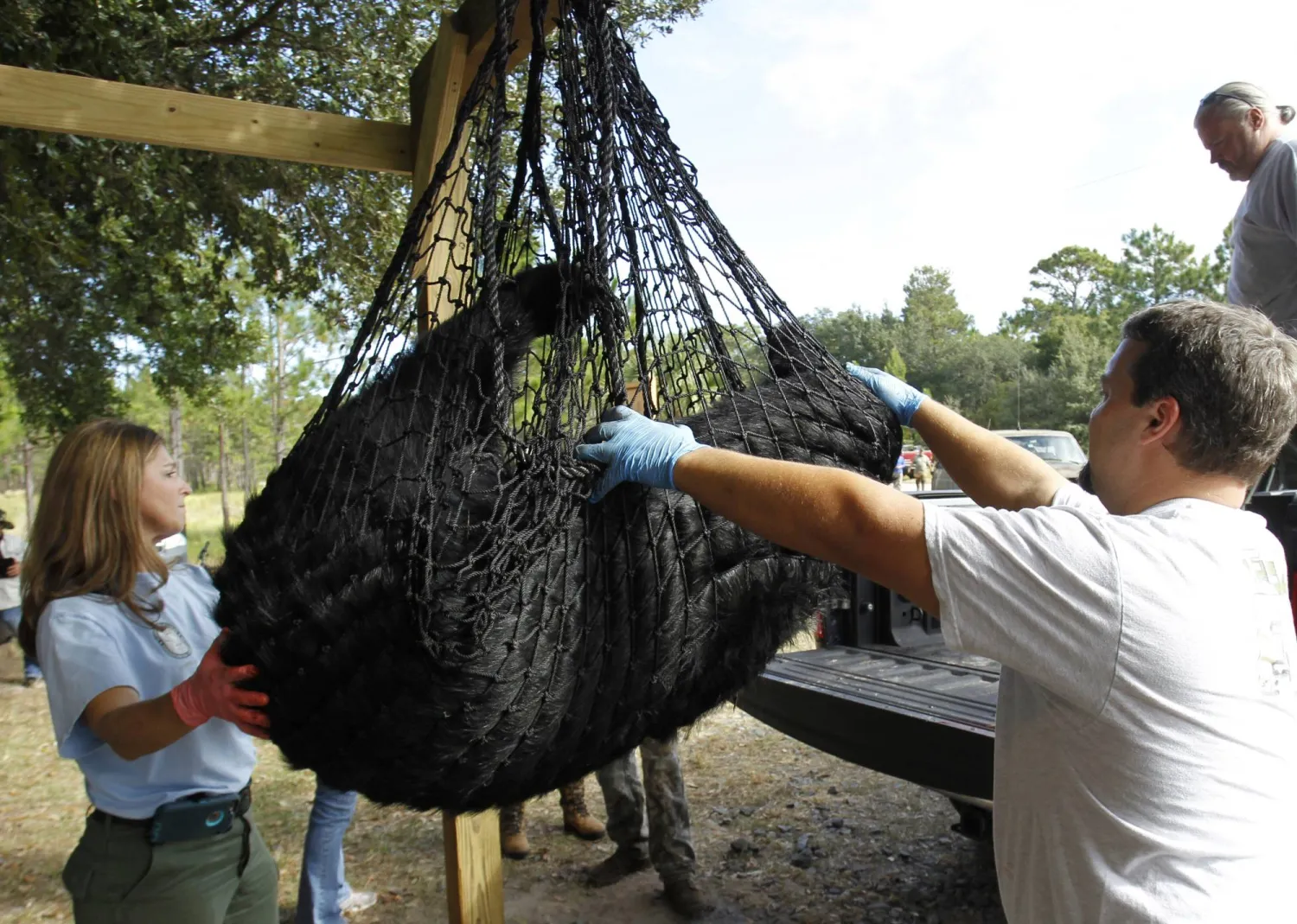Federal engineers will begin the process of preserving a functioning 150-year-old lighthouse that sits precariously on a mudflat in the middle of the Hudson River in New York, officials announced this week.
US Sen. Chuck Schumer and the Army Corps of Engineers said that $50,000 has been allocated to study how to protect the Hudson-Athens Lighthouse, which began operating in 1874 and was this year placed on the National Trust for Historic Preservation's list of the country’s 11 most endangered historic places.
Schumer, a New York Democrat, said he believes the development is the next step to securing all the money needed to save the structure, which is only years away from starting to crumble into the river due to ongoing erosion, according to preliminary studies by a historic preservation group.
“This is a landmark, it’s sort of like the Statue of Liberty in a certain sense, of the Hudson River,” Schumer told The Associated Press by phone after announcing the new funding at a riverfront park in Athens, New York, which has a view of the lighthouse. “When people see the lighthouse and learn its history, they learn the history of the country."
The Corps of Engineers will now meet with the Hudson-Athens Lighthouse Preservation Society, which owns the building and maintains it as a museum, and agree on a plan to fix the property, Schumer said.
He said the millions of dollars needed to ultimately rebuild the small island and preserve it are “virtually certain” because it has been listed as a top priority for preservation.
The lighthouse was built in the river 100 miles (161 kilometers) north of Manhattan to keep boats from running aground on mud flats between Athens, on the west side of the Hudson River, and the city of Hudson, on the east side. The lighthouse is still in use, though now with an automated LED beacon.
It sits on roughly 200 wood pilings packed in mud beneath the water. Turbulence from passing commercial ships is washing away that mud and exposing the pilings to river water, accelerating decay.
The society has proposed expanding the foundation the lighthouse is built on so that events can be held there and more visitors can walk on the island at once. It has been raising money to build a ring of corrugated steel designed to shield the structure from river turbulence.
Engineers Seek to Save 150-year-old Lighthouse from Crumbling into Hudson River

The lighthouse was built in the river 100 miles (161 kilometers) north of Manhattan to keep boats from running aground on mud flats. AP

Engineers Seek to Save 150-year-old Lighthouse from Crumbling into Hudson River

The lighthouse was built in the river 100 miles (161 kilometers) north of Manhattan to keep boats from running aground on mud flats. AP
لم تشترك بعد
انشئ حساباً خاصاً بك لتحصل على أخبار مخصصة لك ولتتمتع بخاصية حفظ المقالات وتتلقى نشراتنا البريدية المتنوعة







